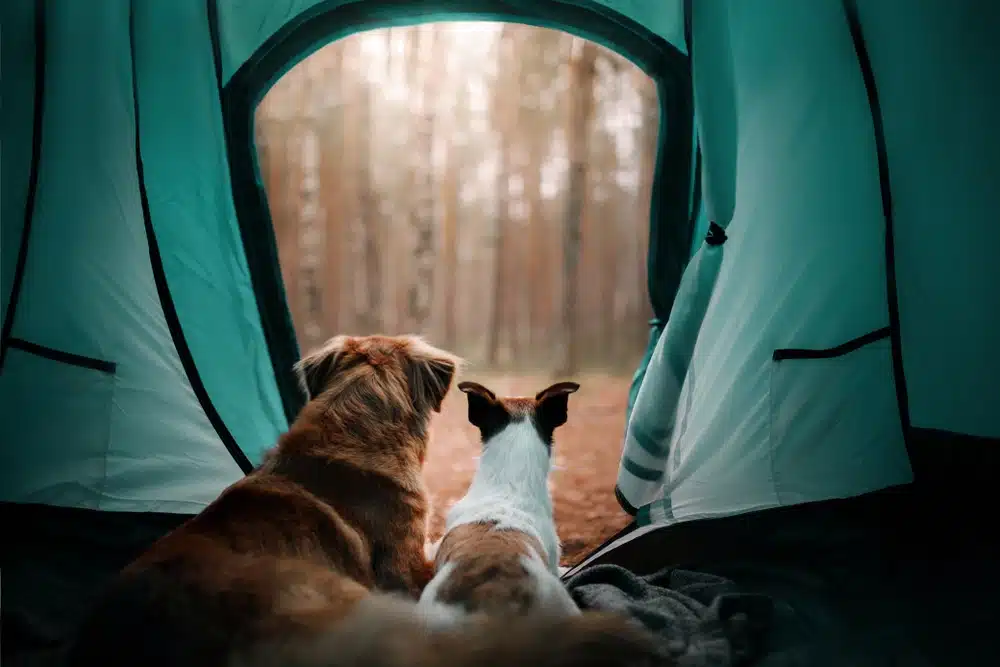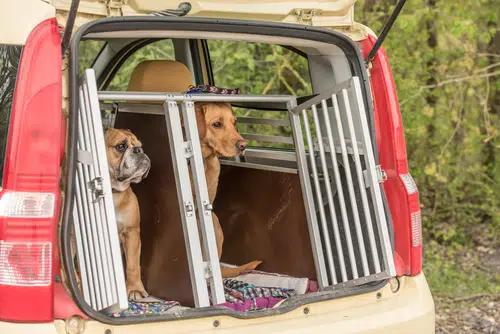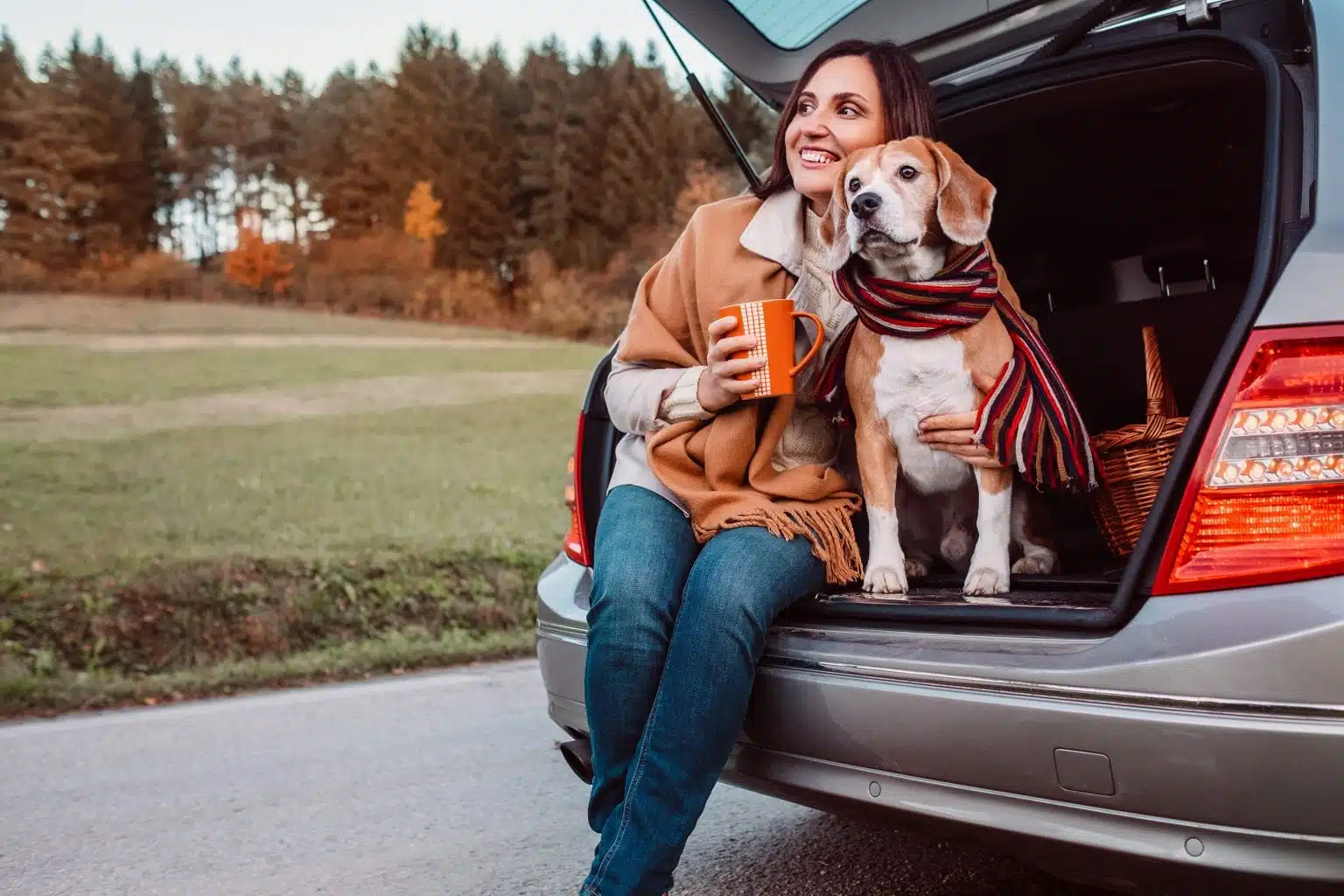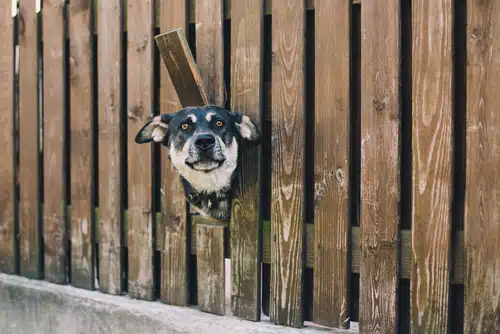Home » Blog » Pet » Pet Health & Safety » Your Ultimate Guide to Pet Safety in Cars
Categories
Tags
animal welfare
breed profile
buying a car
buying a pet
Car
car accessories
car care
car features
car insurance
Car safety
car sales
car service
cat
cat behaviour
cat body language
Cat Breeds
cat food
cat insurance
comprehensive car insurance
Dog
Dog Behaviour
dog body language
Dog Breeds
dog food
Dog Insurance
dog training
eco friendly cars
Kitten
New Car
pet accessories
pet activities
Pet Adoption
pet breeders
pet days of the year
pet fun stuff
Pet Health
pet insurance
pet parenting
Pet Safety
pet services
Puppy
rescue pets
road safety
road trip
safe driving
Recent Blog:
Facebook Posts
5 days ago
Growing old sometimes means we can’t take care of pets anymore. Find out some advice on what to do when this happens:![]()
![]() Senior Pet Parents – Contingency Plans for Your Pet – bit.ly/44bzwkS
... See MoreSee Less
Senior Pet Parents – Contingency Plans for Your Pet – bit.ly/44bzwkS
... See MoreSee Less
Senior Pet Parents' Contingency Plans for Pets
www.pd.com.au
Sometimes senior pet parents need more downtime. For older pet owners, this can be tricky to navigate if their dog or cat is full of beans and wants to7 days ago
Before you rev up the engine, let’s run through a checklist of things to do before starting your car. Not only do these steps ensure your safety (and that of others around you), but they also help in maintaining your vehicle's longevity.![]()
![]() Driving Tips: Your Checklist Before Starting Your Car -
... See MoreSee Less
Driving Tips: Your Checklist Before Starting Your Car -
... See MoreSee Less
Driving Tips: Your Checklist Before Starting Your Car
www.pd.com.au
Heading out for a drive? Hold up a second! Whether you're dashing off to work, running errands, or embarking on a road trip adventure, there are a few2 weeks ago
Are intestinal worms setting up camp in your dog’s gut without paying rent? Here’s how to spot the main culprits and get rid of them too:![]()
![]() Preventing, Identifying and Treating Intestinal Worms in Dogs - bit.ly/43YjCKu
... See MoreSee Less
Preventing, Identifying and Treating Intestinal Worms in Dogs - bit.ly/43YjCKu
... See MoreSee Less
Preventing, Identifying and Treating Intestinal Worms in Dogs
www.pd.com.au
Intestinal worms, such as roundworms in dogs are one of the least glamorous topics on the planet. These intestinal parasites that basically use our dogsDogs. Cats. Rabbits. Birds. Even guinea pigs. For most pets, car travel isn’t part of their weekly routine, but sometimes travelling with your pet in the car is unavoidable.
And it can be fun! Especially if you’re taking them on holidays.
You might be surprised by just how many people take their fur child on road trips. Our latest research found 26% of pet owners who will road trip in Australia between now and April 2021 will take their pet.
91% of these adventurous souls will take their dog/s, 12% their cat/s (!!!), 2% their bird/s, 1% their fish and 1% a rodent. Seriously.
Unfortunately, when it comes to safety, lots of people unknowingly put their pet’s life, and theirs, at risk. After all, keeping them safe isn’t just good for them. By reducing driver distractions from an antsy, agitated or anxious pet, you might just save your life too.
So, if you’re planning a road trip with your furry, feathery (or scaly?) best friend, keep reading to learn the safest ways to travel together.
A Calm Pet is a Safe Pet
Your pet can easily get overwhelmed by all the stimulation in your car, including the sights, smells and new sounds. We know your fur baby is family, so we know how difficult it can be to deal with their distress without pulling your attention from the road.
The key to keeping them calm, your driver focused and get from A to B without incident, is *planning*.
Get them used to their carrier or harness before your trip
Introducing their carrier or harness in a familiar and safe environment can help ease their nerves when it’s time to travel. Add a familiar blanket or toy and reward your pet for spending time in it.
Introduce them to the car slowly
Start by familiarising your pet with the car while it’s quiet and calm. Dogs, cats and smaller animals should be invited into the car while it’s off, inside their carrier or while wearing their harness.
Sit with them and reward them for behaving. When they’re ready, attach their harness to the seatbelt and reward them for staying calm (and not chewing it). When they’re familiar with the car, start with short trips first.
Plan your route
Avoiding lots of noisy traffic and roadworks can help keep your pet’s anxiety to a minimum. And yours. Not only that, you’ll get to your destination via the fastest route possible, which is good for everyone’s mojo.
It takes little time to check Google Maps before you go.
Bring someone along with you
Sometimes no matter how well you prepare, your pet might still whimper, pant, drool and cry in the car (or worse). By having a passenger who can soothe your pet, you’ll feel more focused and in control on the road.
Managing stress and car sickness
Cats, dogs and other animals can get car-sick just like you. Not fun! Especially if it means cleaning up messes. The best way to avoid this is to:
- Feed your pet 3-4 hours prior to traveling,
- Provide good airflow and ventilation in the car,
- Turn the music down (remember they have better hearing that you!), and
- Stop every couple of hours for a drink, stretch and a small amount of food.
If your pet remains anxious or travel sick, ask your vet about safe medication that can help keep them well on your trip. Before you leave, check which vets are along your route and note them down. That way you’ll be prepared for potential health issues.
For further help in keeping your car and pet in tip top shape during a road trip, check our pet-proofing your car article for a handy list of pet care items to pack. You might also want to look into these pet friendly destinations.

The Best and Safest Way to Travel with Dogs
Planning a driving holiday with your dog? Excited or nervous pups can pace, bark, drool, chew on and paw at your car while you’re on the road. They’ve even been known to jump from moving cars.
And, if you need to brake suddenly, they can become airborne and may get seriously injured or killed.
Follow these simple rules to keep your dogs safe on your road trip.
Pet safety in cars – small dogs
Tempted to travel with them on your lap? Don’t. You won’t be insured if you do, as a dog on your lap will stop you from staying in control of the car in an accident.
Some of our top tips:
- Secure them in a carrier big enough for them to stand up and turn around in. Avoid cheap, flimsy carriers – the cheap plastic or mesh may crumple in a crash. This sturdy one is a fave.
- Never put the carrier on the front seat. An exploding airbag can kill your pet. The safest place, according to research by German company, ACAD, is on the rear passenger side floor, facing inwards. If not possible then go with on top of the seat on that side, clipped in securely.
- Want a crate they can grow into? Secure your pup in the boot with a crash-tested harness inside, to avoid them being thrown around in an impact.
- Give your dog a chew toy or two to keep them occupied and happy.
Pet safety in cars – large dogs
Your bigger dog might enjoy watching the world go by from the back seat, which is good because that’s the best place for them.
Some of our top tips:
- Use a good quality, crash-tested harness, and attach the seatbelt low at the dog’s back. This will keep your dog in an upright position and help avoid injury to their neck in a crash
- Need to make a toilet stop? Avoid stopping on narrow lanes on the side of busy roads where your dog might wander out and get hit.
- Stop seatbelt damage on long trips with this easy DIY bitter apple spray to deter them from chewing them.
- If you decide to crack the window, keep it up most of the way so your dog isn’t in danger of getting anything in their eyes while you’re traveling.
Pet safety in cars – dogs in utes
The RSCPA says the safest way for dogs to travel in utes (after being secured with a seatbelt in the cabin) is in an “enclosed dog crate securely attached to the vehicle… well covered, to provide shelter from sun, wind and rain; and placed behind the cabin, to minimise exposure to dust and wind.”
Traveling in the tray of your ute is not fun for a pup on a hot day. They might be tempted to jump from the tray if their paws are burning.
Look after them by:
- Installing a rubber mat to keep them comfortable.
- Securing other items in the tray to avoid things moving around.
If there’s no crate, make sure your dog is tethered to the cab. The ideal length of the tether is long enough for them to stand and lie down – but not long enough for them to jump or fall off the edge.
Remember to:
- Use swivels at each end of the harness to prevent the chain from tangling.
- Stop regularly to give them water and keep them hydrated (especially when it’s hot).
- When safe to do so, look back to check on their welfare.

Stress-free and Safe Car Travel with Cats
Regardless of how much you prepare your cat for travel, it probably won’t like being in the car. Even if you’ve introduced them to their carrier in a safe, unthreatening environment, once they realise that’s where they’re headed they’ll begin to fret.
Follow these straight-forward steps to keeping kitty calm and safe:
- Place a familiar blanket with your scent in their carrier. We recommend this crash-tested one that doubles as their normal bed.
- Or choose a sturdy carrier approx. 1.5 times their size. If it’s too big they’ll be thrown around if you brake suddenly or have an accident.
- Keep unusual sounds, smells and sights to a minimum by covering the carrier with a light blanket (but keep it as ventilated as possible).
- With your car turned off, buckle your cat’s carrier into the back seat or place on the floor behind the passenger seat.
- Travel with the radio off, or switch to classical music (apparently cats aren’t just easily irritated, they’re elitist too!) and ensure the air isn’t not too hot or cold.
- Ask your passenger to sit in the back and soothe your cat while you drive.
How Long Can a Bunny Be in a Car Safely?
Rabbits, like lots of other animals, are sensitive to car travel and the stress can be fatal. It’s best to check with your vet before taking them on any extended trips. The shorter the better is the usual rule.
Your nose-twitching buddy will be fearful in unfamiliar environments and won’t cope well with changes in temperature and their feed schedule. If you can’t leave them at home and you’re wondering how rabbits travel best, you should:
- Choose the right size carrier that’s big enough for them to turn around in and avoid one that has been used by another animal (cats and dogs are a rabbit’s predators).
- Avoid open baskets, boxes and mesh carriers that your rabbit can jump out of and chew through.
- Cool your car first. Your floppy-eared friend can’t handle temperatures over about 23 degrees (Celsius)
- Cover the carrier with a damp towel and icepack – much better than letting the aircon blow directly into it.
- Take some familiar food with you to maintain their feeding routine.
- When taking your bunny out, let them stretch their legs in an enclosed space. A scared rabbit will bolt!
Pet Safety in Cars 101: Never Leave Them Alone in the Car
No matter what type of pet you’re traveling with, you should never leave any animal alone in the car. It only takes a few short minutes for them to start overheating (even on a cloudy day) and that can quickly have dire consequences.
Also, before you leave, check your pet insurance and comprehensive car insurance are up to date so your loved ones are safeguarded financially.
When it comes to the latter, we offer a range of insurance add-ons and benefits. Need contents for your car too? We’ve got you covered.
With our cat insurance and dog insurance plans, you might even be eligible for a multi-pet discount if you insure more than one furry loved one with us.
Share On:




